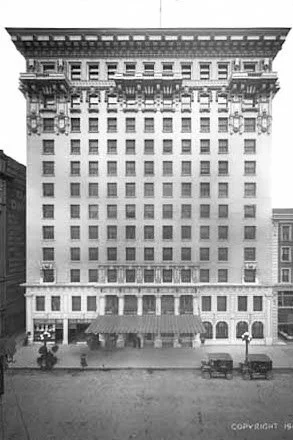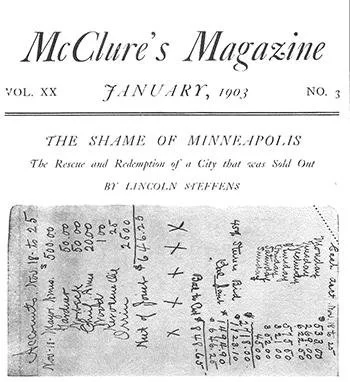A Second Secret Walker Art Gallery?
If you read my post about the Minneapolis Athenaeum, you know about Thomas Barlow Walker’s role in expanding free public access to books in Minneapolis.
T. B. Walker was a very unusual man. When he was really young, his father lost all of the family’s money investing in the Gold Rush and then suddenly died. Walker had to go to work at 9 years old to survive. He worked a lot of odd jobs, and years later, he got a job in Minnesota as a land surveyor.
This gave him an advantage - as a surveyor, his job was to literally walk the land, measuring it, and making detailed maps. He could see all of the land first hand and pick out the best lots to buy. He spotted all of the best lumber forests and that is where he made his fortune. And I mean FORTUNE. His lumber, milling, and railroad companies grew exponentially. He very quickly made a TON of cash and was among the top 10 wealthiest men IN THE WORLD.
But, he never forgot what it was like to be poor. He worked to make the Athenaeum free and open to the public and pushed the city to build a public library.
But that’s not all. Walker was also a HUGE art collector, but he wanted that to be available to the public, too. The galleries in his private home were also open to the public, six days a week. All you had to do was ring the doorbell. He had benches in his yard for the public to enjoy as well. He added and added and added rooms to his house to hold his collections. Eventually, the art took over his house, covering an entire city block, and he moved his family to another home on Lowry Hill.
In 1927, he opened the first Walker Art Gallery that continues to be a world renowned museum of modern art today. All of the works that Walker collected have been sold or traded in order to collect a specific type of Modern artwork.
What most people don’t realize though, is that just across the street is a SECOND Walker Art Gallery inside the Hennepin United Methodist Church. Walker was a member of the church and donated his art to decorate it. Containing dozens of works of 16th to 19th century religious art, the gallery is a peaceful place to reflect on the skill and meaning of each piece. This gallery is, of course, free and open to the public as well.












